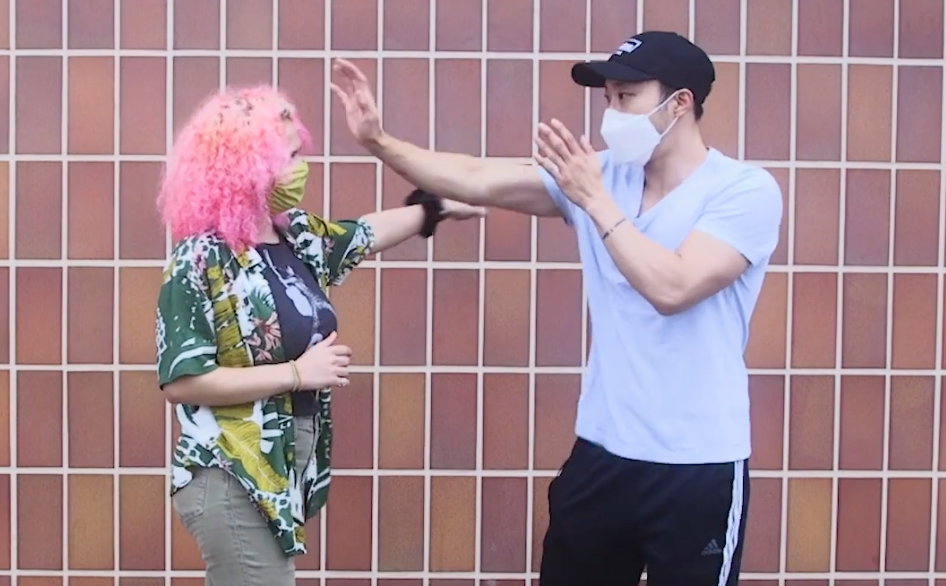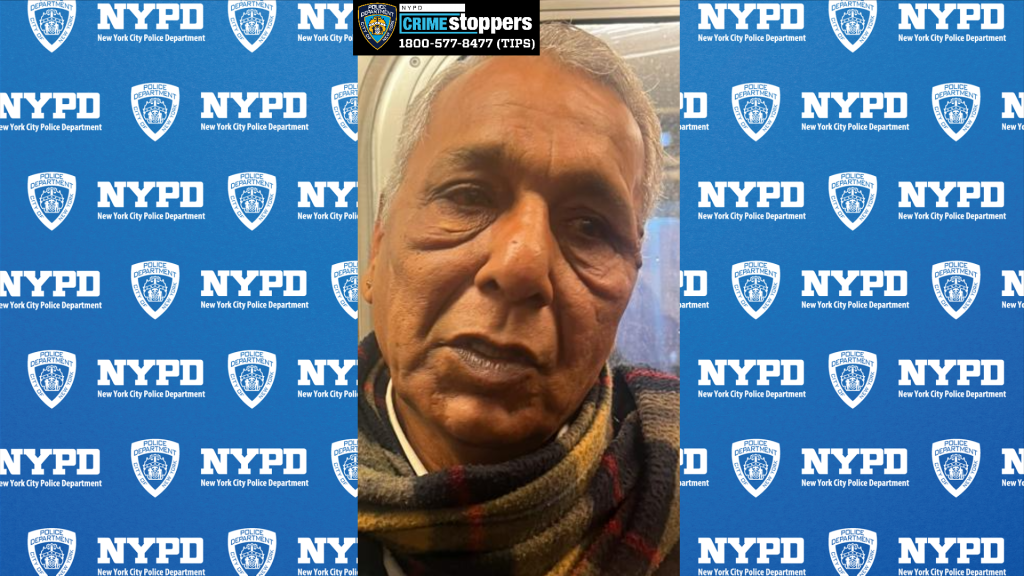In an ongoing initiative to help Asian New Yorkers deal with the rise in anti-Asian bias incidents amidst the coronavirus pandemic, the Asian American Federation (AAF) has launched a series of three safety videos that teach simple, easy-to-follow self-defense strategies designed to keep individuals safe in threatening situations.
Developed in partnership with experts from the Center for Anti-Violence Education, these videos are available in English, Chinese, Japanese, Korean, Tagalog and Vietnamese.
Joo Han, AAF’s deputy director, who helped to spearhead the effort at the organization, said they undertook the project in response to the anxiety and fear the community has been experiencing since anti-Asian rhetoric and attacks began to escalate nearly a year ago.
“We wanted to provide our community with strategies to stand up for themselves in nonviolent ways so they wouldn’t have to fear going about their everyday lives,” Han said. “These videos are designed to help Asian New Yorkers assess and safely exit threatening situations. We hope they will equip those who have been feeling vulnerable with the knowledge to handle themselves in public spaces if they’re ever targeted.”
In the past year, there has been a spike in bias incidents against Asians across New York City, out of which only 21 have been reported to the NYPD, according to AAF. In the months since the pandemic hit the city, the NYC Commission on Human Rights gathered 105 reports, while AAF collected 400 reports of New York-based anti-Asian bias incidents.
Since 1974, the Center for Anti-Violence Education (CAE) work has been driven by the need to prevent hate violence in our communities by centering the experiences of the people most marginalized, said Rej Joo, program manager of the center.
“These videos demonstrate one of many ways to protect ourselves during physical aggression/attack. But ideally, we hope that people can engage in the before part of self-defense and use safer options like verbal, emotional and social techniques like assertiveness, de-escalation and situational awareness to evade physical conflict altogether rather than defending with our bodies,” Joo said.
Almost 70 percent of Asians in New York City are immigrants, and one in four of all Asian New Yorkers lives in poverty. Additionally, 50 percent of Asian New Yorkers have limited English proficiency.
Thus, language barriers, cultural differences, fear of the police and uncertain immigration status deter Asian Americans from reporting hate crimes to law enforcement. As a result, the number of reported incidents is likely to be a fraction of the true total, a fact backed by the Bureau of Justice Statistics, which records that 54 percent of hate crimes were not reported to police during 2011-2015, according to AAF.
AAF has been advocating for and developing safety resources such as these to ensure that vulnerable community members have multiple avenues to access safety and support.
The safety videos, which are about two minutes in length, will be supplemented by booklets also in English, Chinese, Japanese, Korean, Tagalog and Vietnamese, which will be distributed through AAF’s 70 member agencies to the diverse Asian communities they serve.
These safety resources were made possible by the support of the Brooklyn Community Foundation, Korean American Community Foundation and Pfizer Inc.



































